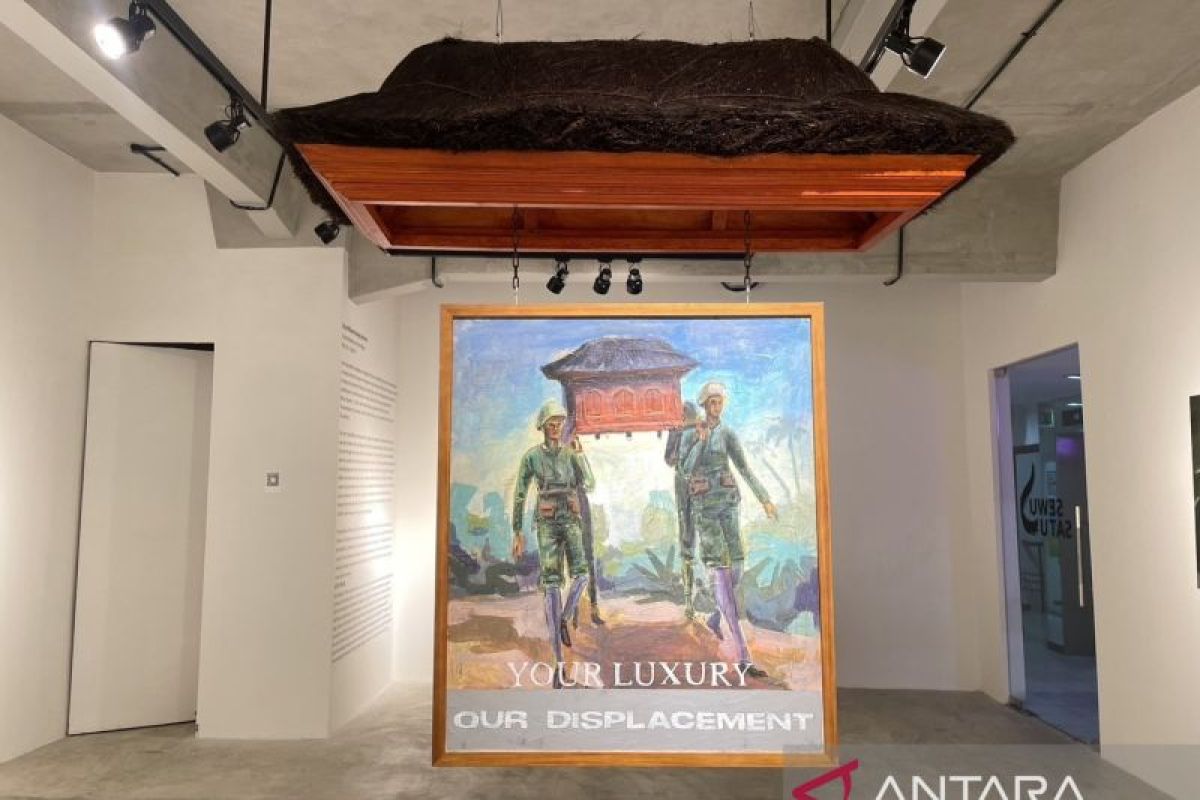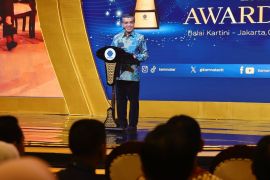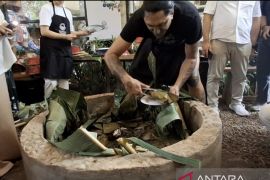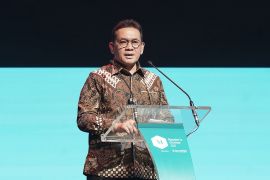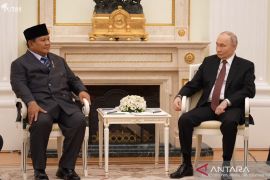Stimulated by influences of modernity over traditional, feudal structures from Europe, Indonesian contemporary art was at first inevitably associated with the Dutch colonists who assumed Indonesian modern art as an inferior copy of their own.
According to Reformasiart, a website offering research into Indonesian Contemporary Art of the Reformasi period, by the late 1930s, this opinion had been dispelled by the exhibitions held by several Indonesian artists, including Hendra Gunawan, Affandi, and Sudjojono.
At the onset of its development, contemporary art in Indonesia tended to focus on beautiful paintings depicting Indonesian landscapes, influenced by colonial painters, which were criticized as “Mooi Indie” by Sudjojono.
Later, owing to the development of several art associations, such as Taman Siswa and Persagi (Indonesian Drawing Experts Association), and the emergence of the Academy of Fine Arts, Indonesian contemporary art started to prosper in its own styles and reached the peaks in the 1980s, also entering the global art dialogue since then.
Nowadays, contemporary art can be seen on several sites, such as national museums and private collections, including in Jakarta, one of which is the Jakarta Art Hub.
“Since its start in the 80s and until this era, I think what I see in Indonesian contemporary art is just diversity,” George Ante, a staff member from the Jakarta Art Hub, stated.
Located in the central part of Jakarta, Jakarta Art Hub attracts numerous visitors for its artworks every day and displays different kinds of exhibits from time to time, ranging from paintings and sculptures to installation arts.
One of the exhibits on display at the Jakarta Art Hub is “Stay Without Having Arrived” by artist Ketut Nugi.
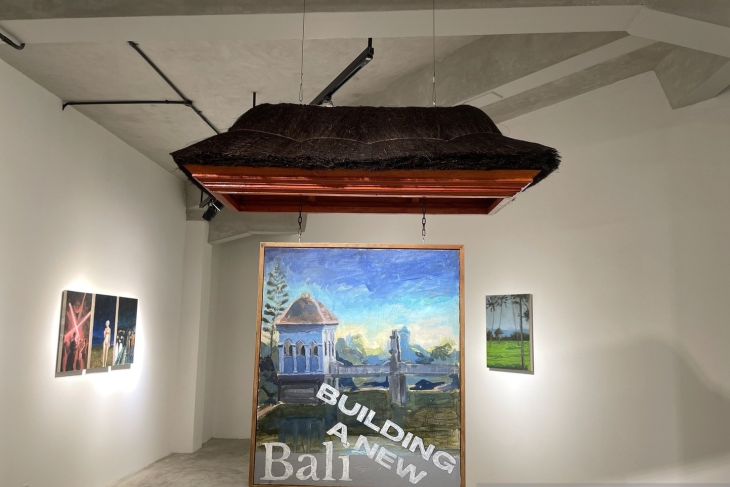
Being a multi-disciplinary artist with mastery in composition structure and strong skills as an illustrator, Ketut Nugi has worked on multiple projects with Bali Beach, Sayan House, and Amandari as a graphic designer.
"Nugi is interested in Bali’s socio-historical development since the beginning of the colonial era, revealing the factors that have shaped Bali into what it has become today,” Ante remarked.
He explained that Nugi had immersed himself in the creative output of the initial Bali “image-makers” of the turn of the century, and his socio-historical method of investigating culture is intended to trace back more deeply into past events to help establish the causes of present-day Bali.
“This building was handed over by colonialists to the king of Bali after their 10-year war with the locals and later exploited Bali,” Ante stated while pointing to two sides of Nugi’s work “Your Luxury, Our Displacement” and “Building a New Bali.”
According to the art gallery staff, Nugi attempts to convey through his painting that several tourists came to Bali without learning or being keen to know about what the locals were doing, but rather, just wanted to lead their own lifestyle in Bali.
“As you can see in this painting, it reads ‘folie à deux’ in French, and it is like a lifestyle inviting the rest of the world but only the fancy stuff,” Ante remarked.
Another exhibit on display at the Jakarta Art Hub is “Rumah Chuans” by local artist Chuans Lee. Lee drew inspiration to create Rumah Chuans by observing which element is the most essential to all aspects of life, which he believes is a house.
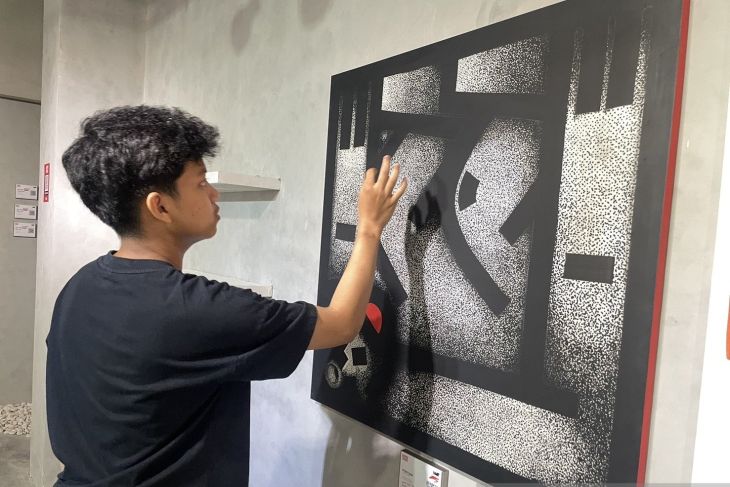
“In the past, he only wanted to reach the state of the art in Jakarta, but now, he started to expand to the world of art, and he did not want to stay in his comfort zone but wanted to grow continuously instead," he pointed out.
According to Ardiansyah, through his artworks, Chuanslee’s personalities, emotions, social behaviors, thought patterns, and sense of wanting to protect himself and his family could be seen by the audience, and each color etched creates a sense of harmony that accompanies the humans’ growth process.
Regarding his opinion on the current condition of Indonesian contemporary art, Rizky believed it is making progress, though not fast enough.
“In Indonesia, there are a lot of local artists who have not gotten a higher exposure, and since there is actually not enough support from the government, artists sometimes have to rely on their own, so the government’s effort is still 50-50,” he remarked.
On weekday afternoons, visitors coming to appreciate artworks in the exhibition at the Jakarta Art Hub were still far from less.
“In the past, kids in Indonesia like me have always been into art, but not really following the struggle behind it, so I am just trying to see other kinds of works explaining that,” Aulia Kamila, a 21-year-old girl visiting Rumah Chuans, stated.
When asked about what she knows of contemporary art, Kamila admitted that she did not have much knowledge about the art before visiting the exhibition.
“Although I do not really know about the current development of contemporary art in our country, I do think that if, for example, there are a lot of artworks, it will also be good for the government to support them because it is for teaching our next generation,” Kamila remarked.
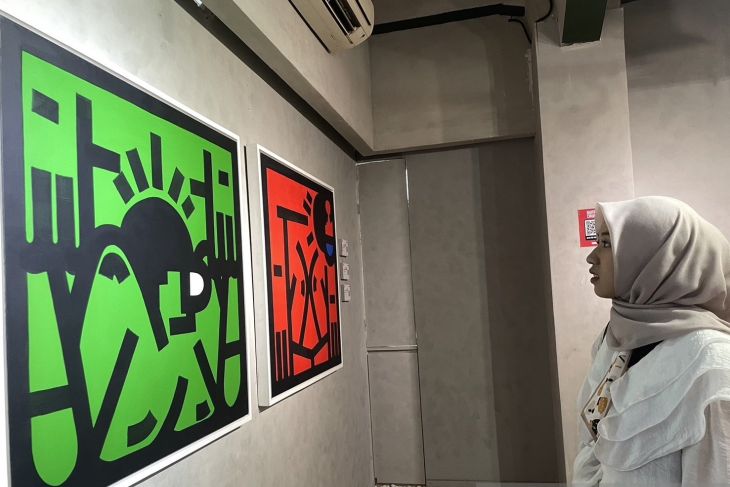
“I think it is really awesome, but compared to contemporary art in other countries, it’s still growing up,” he explained.
In terms of his perspective on the backing by the government to Indonesian contemporary art, Ante lauded current President Joko Widodo's support for the art industry, though he still perceived that more efforts are needed.
“I think that is a bit slow support from the government because in Indonesia, we have a lot of divisions for different kinds of arts, such as contemporary art, films, and performances, and that is the reason making the support to the contemporary art industry slow,” Ante remarked.
“Because of the divisions, we will need more support,” he added.
Although with relatively slow support from the authorities, Indonesian contemporary art has striven to grow since the 1980s.
Until now, art forms of different kinds have emerged in the country and are expected to continuously prove their uniqueness and vibrancy to the global audience.
Related news: VP opens 'Nuances of Independence' painting exhibition
Related news: Kowani pushes women painters to keep producing artworks
Editor: Rahmad Nasution
Copyright © ANTARA 2024
